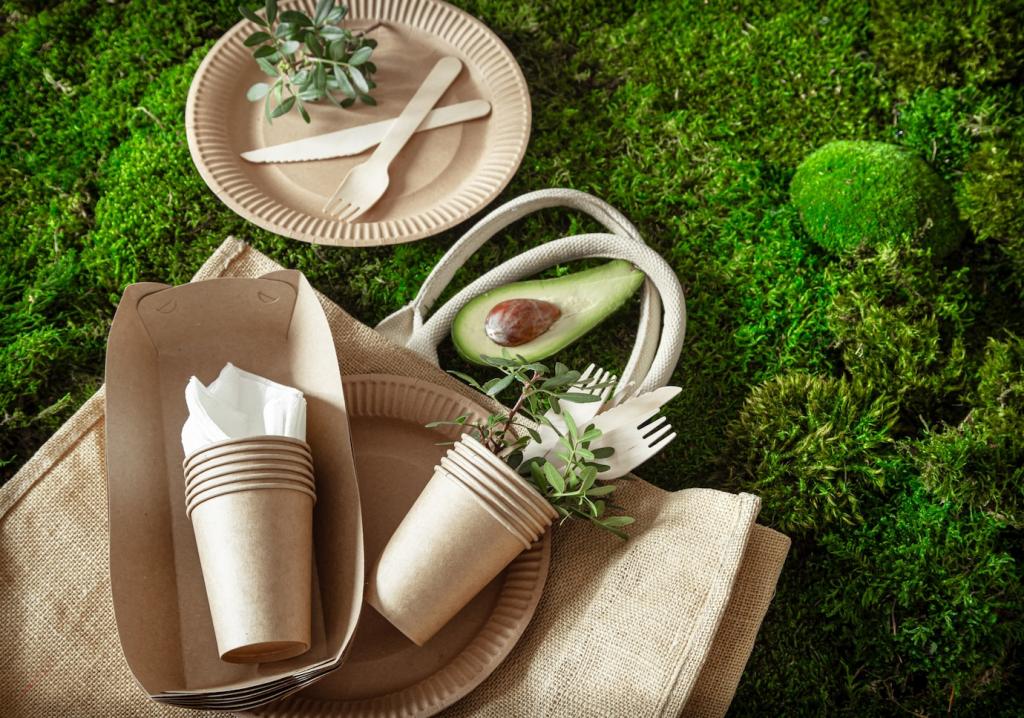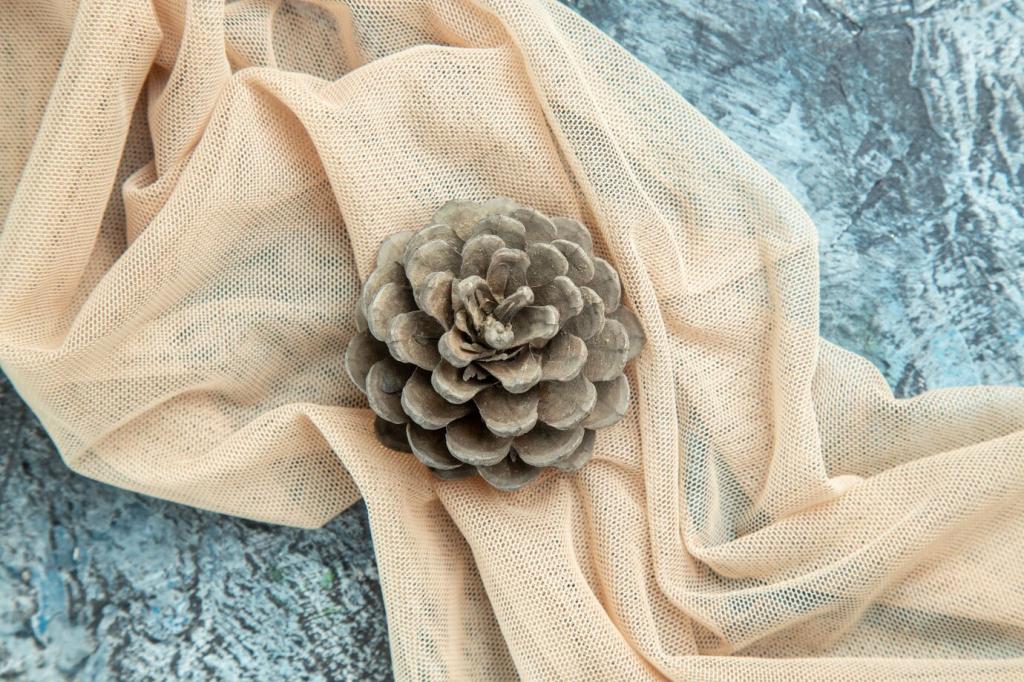
Organic Fabrics: A Comprehensive Guide
Chosen theme: Organic Fabrics: A Comprehensive Guide. Step into a tactile world where soil health, craftsmanship, and style converge. Explore how organic fibers become garments with a story—and join our community by subscribing, sharing your questions, and telling us what you want to learn next.

Meet the Fibers: Cotton, Linen, Hemp, Wool, and Silk
Often rain-fed and grown without synthetic pesticides, organic cotton offers breathable comfort and reliable durability. Look for long-staple varieties for reduced pilling and stronger yarns. Subscribe for our fabric weight guide to match jersey, poplin, and flannel to your projects.


Meet the Fibers: Cotton, Linen, Hemp, Wool, and Silk
Organic linen and hemp need few inputs, thrive in cooler climates, and develop a graceful drape with wear. Expect slubs, crisp handfeel, and excellent moisture management. Comment with your heatwave outfit ideas, and we will feature the most practical combinations.
Impact You Can Feel: Environment and Health
Organic systems avoid synthetic pesticides and fertilizers, supporting biodiversity and reducing runoff. Processing standards restrict hazardous finishes. If you have sensitive skin or allergies, organic can reduce irritants that linger after conventional dyeing and finishing.
Naturally breathable fibers help regulate humidity and temperature, easing discomfort for babies and anyone with dermatitis. Share your laundering routine in the comments; we are compiling fragrance-free, enzyme-light detergents that keep organic textiles soft without residue.
Conventional cotton farming is historically pesticide-intensive, while organic cotton eliminates these synthetics and encourages soil carbon. Bast fibers like hemp and linen need relatively fewer inputs. Want a data deep-dive? Subscribe for our upcoming life cycle comparison.

Decoding Hangtags
Seek GOTS-certified products and check the license number. Beware vague terms like “eco” or “natural” without verification. If a blend includes elastane, confirm the percentage and certification scope. Comment with confusing labels you have seen, and we will investigate.
Questions to Ask Brands
Request farm origin, processing details, and dye class. Ask whether trims and sewing threads meet the same standard. Ethical wages should accompany organic claims. Post your brand questions below; we will assemble a reader-powered checklist for store visits.
Smart Shopping Checklist
Prefer undyed or low-impact dyed options, durable weaves, and timeless silhouettes. Buy fewer, better pieces and track cost-per-wear. Subscribe to receive our printable pocket guide for fabric weights, certification acronyms, and quick care reminders.

Wash cool with mild, biodegradable detergents; skip fabric softeners that coat fibers. Line-dry when possible to preserve structure and color. Share your stain-removal wins—our next newsletter will test reader tips on coffee, grass, and oil spots.
Care, Repair, and End-of-Life
Style Stories: Building an Organic Capsule
Pair crisp linen with brushed organic cotton, or lightweight hemp canvas with merino. Mixing textures creates depth without clutter. Share a photo of your favorite three-piece combination, and we will offer styling tweaks in the comments.

Style Stories: Building an Organic Capsule
Plant-dyed palettes age gracefully, and undyed tones feel calming year-round. Accept slight variations as a mark of craft. Subscribe for our natural dye care guide, including lightfastness tips and gentle washing routines that preserve nuance.
The Future of Organic Textiles
Beyond organic, regenerative strategies focus on soil carbon, biodiversity, and water cycles. Farmers are intercropping and integrating livestock to enrich fields. Want farm profiles and interviews? Subscribe and tell us which region we should visit first.
The Future of Organic Textiles
Bio-based dyes from bacteria and algae, alongside traditional plant vats, reduce reliance on petrochemicals. We will spotlight mills scaling these methods. Comment with any local dyers you love so we can collaborate and share process insights.


Join our mailing list
